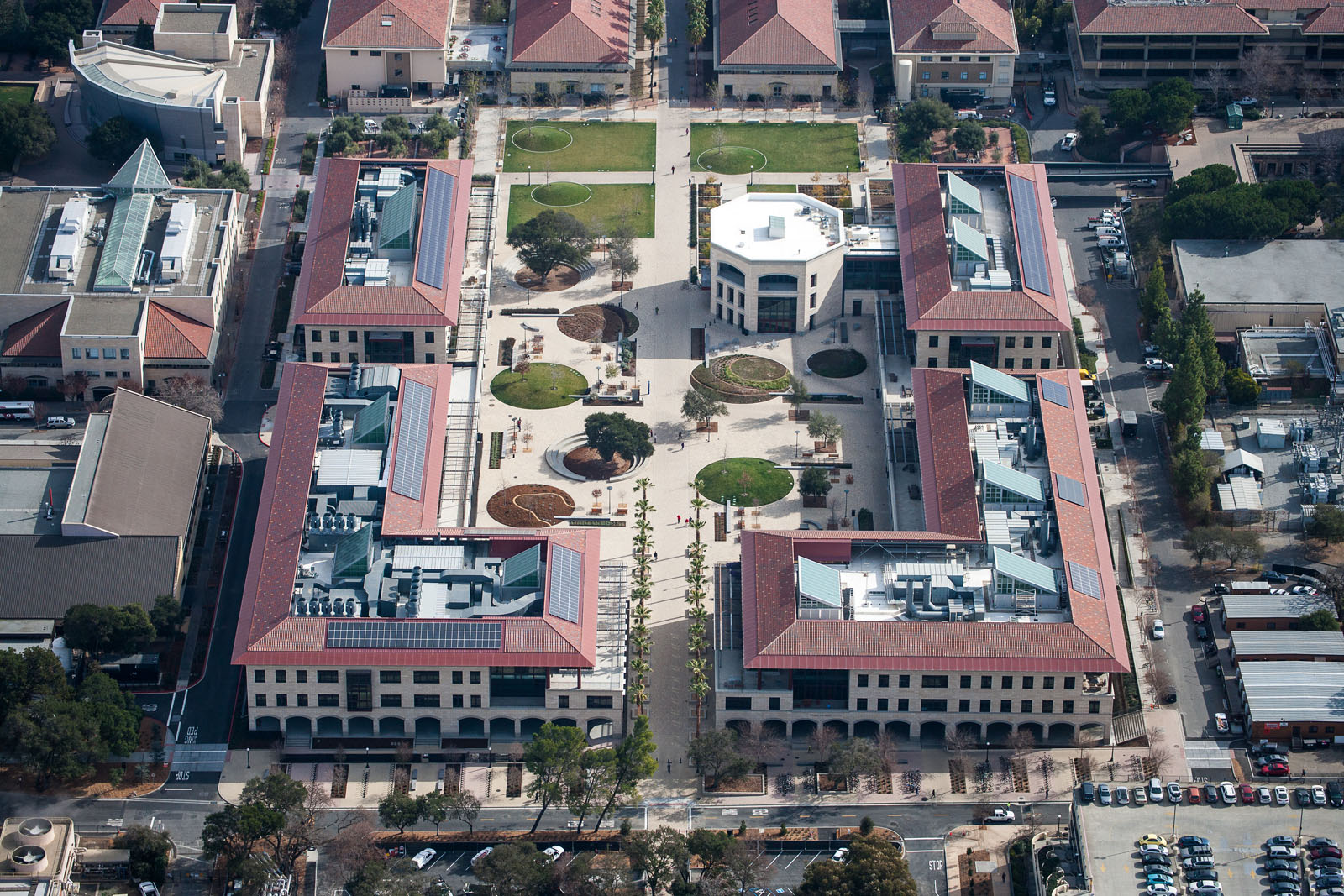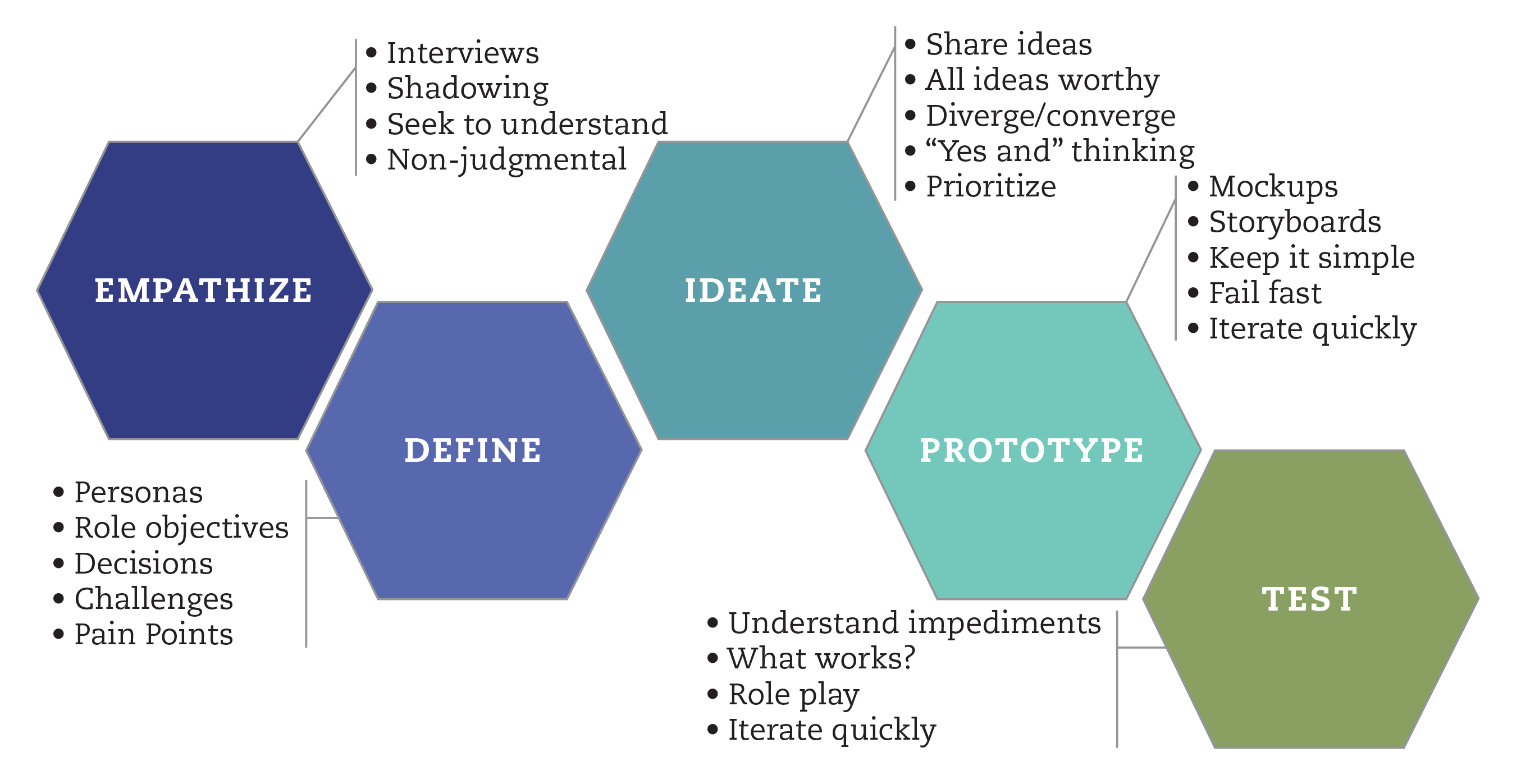Table Of Content

We encourage students to take classes that will challenge their existing disciplinary mindset. The nature of design affords people the opportunity and privilege to shape the world that they-and others-inhabit. In a just world, that power is shared, prioritizing the voices and ideas of people most impacted by the intended and unintended effects of new designs. We aim to actively confront and challenge the mindset that design can only be used by a privileged few. We believe design can help create the world we wish for.
Educator Guides: Activities from d.school Books
Explore activities and resources we use in our classes and programs and adapt them for your own projects. Alabama is home to a number of excellent culinary schools, which offer programs for both aspiring chefs and those interested in working in the food service industry. Whether you’re interested in video game design, digital illustration, or 3D animation, schools like CalArts and the ArtCenter College of Design provide a pathway into these cutting-edge fields.
Apply for Spring Classes & Workshops by March 10!
At the Hasso Plattner Institute of Design (the “d.school”) we challenge students to tackle some of the world’s most urgent problems. Follow along with hands-on exercises that lead you from ideation to prototyping and presentation. You'll learn how to lead innovation and brainstorming sessions in your company. The Creativity and Design Thinking Program is led by a team of top innovators and pioneers of design thinking. View and complete course materials, video lectures, assignments and exams, at your own pace. You also get 60 days of email access to your Stanford teaching assistant.
Nike Releases New Air Jordan 3 Retro Sneakers: Here's Where to Get A Pair Online
Kathryn Segovia of the Stanford d.school will guide you through a series of coaching lessons between each course that will help you build your daily creative practice and form a lifelong routine that fosters innovation. The Stanford MS Design Program is project-based and highly immersive. We teach the process, mindsets and skills needed to lead influential design teams. We are looking for exceptional students to join us at Stanford and help us transform the world.
Design thinking is a way of thinking, acting, and interacting that opens a new world of problem-solving possibilities and helps you create new and innovative products, services, and processes. By helping you stay focused on the people you’re serving, by encouraging you to seek out and consider diverse perspectives, and by allowing you to hush your inner critic. This course equips individuals and teams being asked to innovate with the tools they need to seek inspiration that will turn unknowns into radically new products and services. We invite excellent students from all backgrounds, including those from historically underrepresented groups in engineering, to consider Stanford University for their graduate studies. We continue to explore and advance how to effectively use a design approach to social systems challenges, and codify those approaches so a greater audience can benefit from the methodology.
Courses and Content Included
Justice By Design (806Y) Stanford Law School - Stanford Law School
Justice By Design (806Y) Stanford Law School.
Posted: Wed, 08 Mar 2023 03:25:16 GMT [source]
His knack for creative design led him to pursue a master’s degree in Engineering, Product Design from Stanford University in 1975. By 1978, he began his design firm while also teaching at Stanford. Students will also select a Domain Focus area to gain added knowledge in a field of interest to them.

This ability pairs naturally with Learn From Others. In many instances, you are experimenting by both generating a flood of new concepts at low resolution (brainstorming) and testing some of those concepts with potential users. No student or faculty member at Stanford is required to participate. We believe that each child is unique and so is their design.
Professional Education
Think of the website as your vehicle to demonstrate who you are and how you think. It also shows us what kinds of design problems are important to you, so make it personal. We’ve pulled together this collection to help you get started doing design work. Inside you’ll find a NEW introductory online workshop, a library of FAQs about how design works, and a couple of handy tools.
We simply ask that companies compensate students for the work they complete. After your first call, students will follow-up with a draft proposal to join your team for a short-term to full-summer project. Together, you can define the deliverables, timeframe, and logistics. The tools and stories showcased in MOC will help you amplify your creative practice. No matter what your field of work, MOC accelerates all who seek creative and unconventional approaches to the complex, ambiguous challenges that face us all. For many years here at the d.school, we’ve been asked about our classes and how to use the methods we teach at Stanford.

Learn design thinking tools and get coaching to drive innovation at your own company. With the pioneer of design thinking leading the program, you can learn how to become a lifelong creative thinker and problem solver, straight from the source. Learn more about what you can expect from Stanford’s Creativity and Design Thinking Program now.
Students in our undergraduate program gain an engineering depth and learn to design using a wide range of materials in many contexts. Data comes from multiple places and has many different forms, both qualitative and quantitative. This ability requires skills in developing frameworks, maps, and abductive thinking. It takes time and is interdependent with navigating ambiguity. We believe everyone has the capacity to be creative. The Stanford d.school is a place where people use design to develop their own creative potential and make positive change.
Join us for this opportunity to learn and practice human-centered design, and advance your own project. Program dates, fees, and faculty subject to change. Our vision is to build a design program for the future, and offer a type of education that doesn’t yet exist.
Through online content, hands-on assignments, ongoing coaching, and proven frameworks, you'll learn how to practice and champion design thinking. Demonstrate your unique value by adding a Stanford Creativity and Design Thinking certificate to your resume. In the program, you'll learn repeatable methods to consistently generate breakthrough ideas. The Stanford d.school inspires students of all ages to harness their creative abilities to ignite innovation and change. Students develop the skills and creative confidence they need to pilot their own breakthrough transformations straight from the pioneer in design thinking. A wide range of individuals engage with d.school, both at Stanford and beyond.
Please do not contact our program faculty or staff for application status updates. One copy from all postsecondary institutions attended. Upload one digital or scanned version of your unofficial transcript(s) to the online application. Submittal of official or physical copies transcripts are NOT required unless requested directly by the Stanford MS Design Grad Admissions Office. The Statement of Purpose is an essay no more than two pages in length.
The answer is easy and obvious, but it is crucial not to skip thorough and comprehensive testing. You have something inside of you that is deeply personal. You’ve nurtured this idea in secret and finally started to bring it to life.
No matter what field or industry you’re in, we invite you to immerse yourself in a d.school experience. People often ask us how to start a “d.school.” The real answer is, there’s no foolproof recipe. What we can share is how the Stanford d.school came to be. This ability involves understanding stakeholders and purpose in order to define the product or service’s features. This means empathizing with and embracing diverse viewpoints , testing new ideas with others, and observing and learning from unfamiliar contexts.

No comments:
Post a Comment